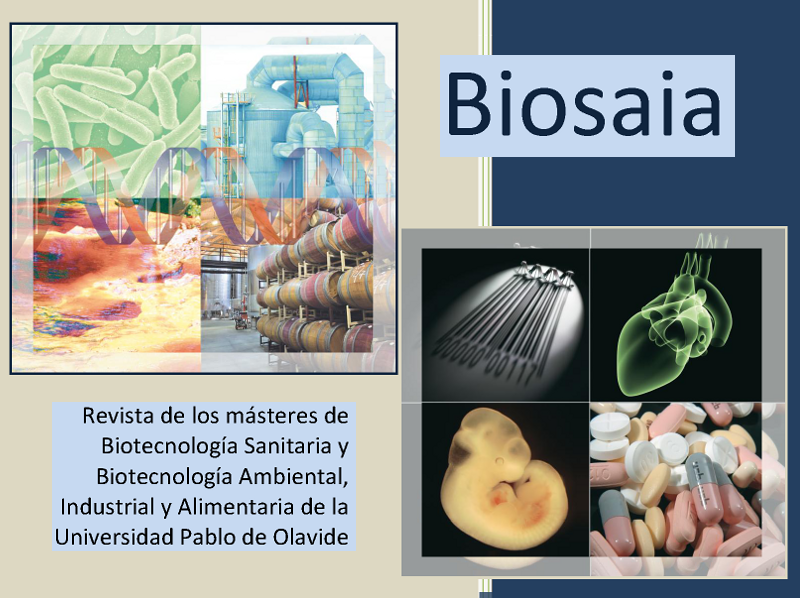In silico discovery of Acinetobacter baumannii genes involved in microaerobiosis resistance
Resumen
Motivation: the infectious ability of Acinetobacter baumannii combined with its antibiotic resistant profile turn this bacteria into a objective with global priority, being currently highlighted by the World Health Organization as one of the most relevant resistant bacteria. Thanks to the development of Next-Generation Sequencing Methods, we can apply bioinformatics tools to analyse data that give us information about the behaviour of the bacteria under different conditions, which gives us the opportunity to discover new pharmacological targets that allow us to fight against infections by A. baumannii.
Methods: We use data from RNA-Seq technique, obtained from A. baumannii ATCC 17978 growth in two different conditions: normoxia (21% O2) and microaerobiosis (0.1-0.3% O2). The first one is the regular situation, while the second one is the condition that the bacteria suffer when an infection occurs, especially across an injury, during the inflammatory phase. The results of this transcriptomic experiment were subjected to a bioinformatic workflow, starting with the quality analysis and trimming process, followed by the alignment of the reads and their quantification, until the differential expression analysis, whose results were filtered according to fold change value (R2>=1) and p-value (padj<0.05). Additionally, we want to improve the current annotation from A. baumannii ATCC 17978 genome. For that purpose, three sources of candidates were combined: GenBank available information, Prokka predictions and AnaBlast predictions. With this annotation, we can associate possible paths and processes in which the differential expression genes could be implicated, by a functional enrichment analysis using GO terms and KEGG, and the packages from R programming languages, such as Bioconductor and Clusterprofiler.Results: Resultados obtenidos. No tienen porqué aparecer todos los apartados (se puede prescindir de alguno de ellos, o todos). No más de 2500 caracteres el total del resumen. Incluir aparte (en el apartado de debajo) 1-3 referencias bibliográficas.
Conclusions: The differentially expressed genes are enriched in X and Y, and these pathways have later been reviewed and completed by manual annotation using specific proteins databases. This could give us key information about the behaviour of the bacteria when it is found in hypoxia during the infection, and we could even find some factors involved in its virulence.





